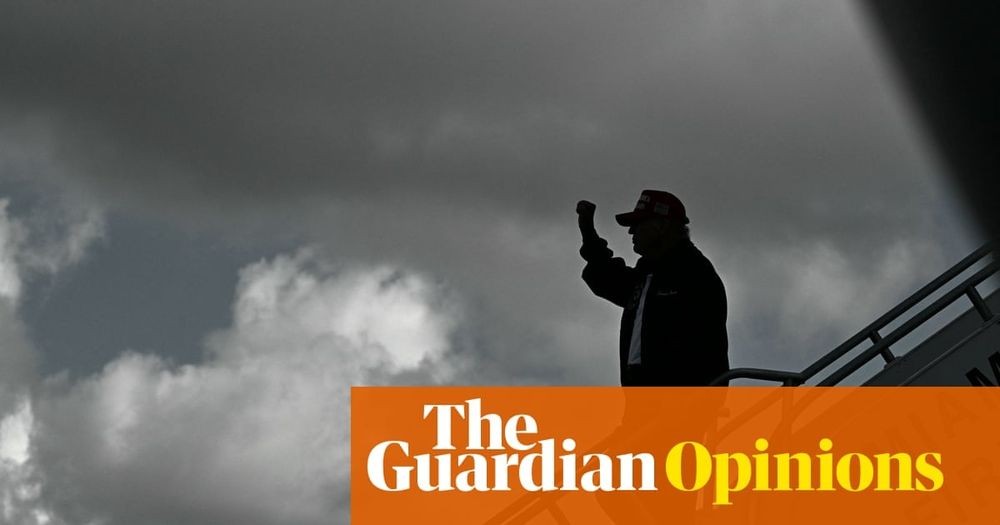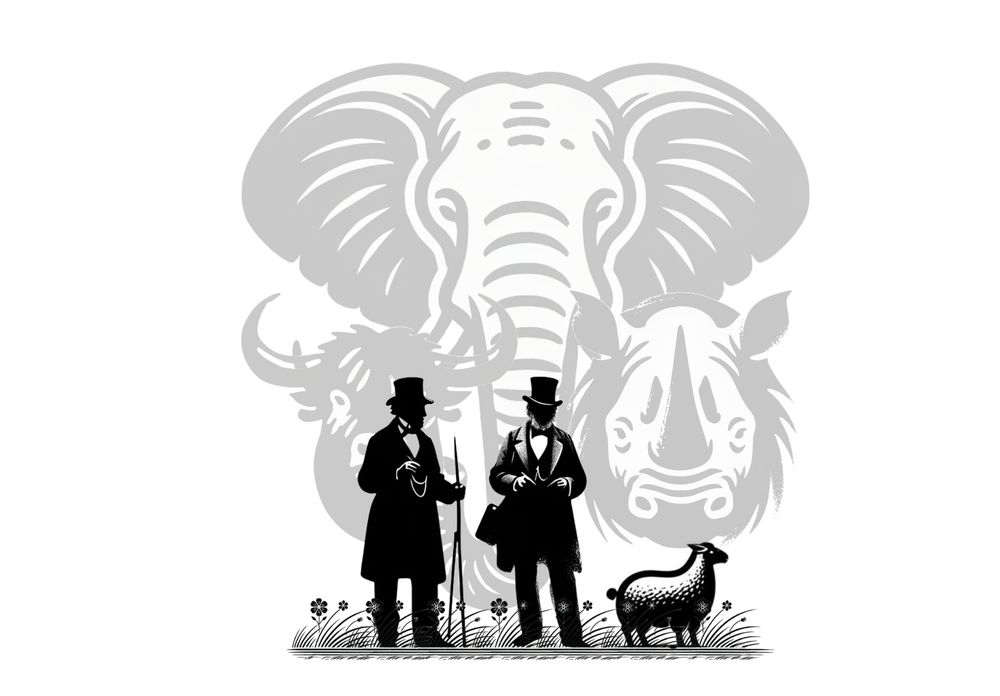Unfortunately not!
21.05.2025 18:11 — 👍 0 🔁 0 💬 0 📌 0Skjold Alsted Søndergaard
@skjoldsoendergaard.bsky.social
Phd-student in ecology at Aarhus University
@skjoldsoendergaard.bsky.social
Phd-student in ecology at Aarhus University
Unfortunately not!
21.05.2025 18:11 — 👍 0 🔁 0 💬 0 📌 0

Can't wait to discuss my favorite topics (baselines, natural vegetation, grazing and nature restoration) with top ecological minds @jcsvenning.bsky.social, @hhbruun.bsky.social and Jacob Heilmann-Clausen at this years Nature Meeting in Denmark! #naturmødet #shiftingbaselines #urørtskov
21.05.2025 11:40 — 👍 14 🔁 1 💬 3 📌 0Glad to see our study making it on the cover of @jappliedecology.bsky.social. More results from this projects are on their way on the response of pollinator resources, pollinators and birds! #naturalgrazing #rewilding
10.05.2025 04:47 — 👍 14 🔁 3 💬 1 📌 0
Indeed! And grazing isn’t just grazing! We studied 30 natural areas in Denmark and the ones grazed year-round were doing significantly better regarding plant diversity: besjournals.onlinelibrary.wiley.com/doi/10.1111/...
25.04.2025 17:59 — 👍 6 🔁 0 💬 2 📌 0Spending time with rewilded herbivores is humbling. Every week reveals new items on the menu. New leaves of invasive Rosa rugosa are eaten, despite thorns and seemingly being out of reach #rewilding #invasive #herbivory
25.04.2025 08:46 — 👍 33 🔁 10 💬 1 📌 1Yes. The grasslands are currently conserved through mowing, but mowing has obvious negative effects on habitat structural variation. Especially shrubs, tussocks and ant hills are excluded
25.04.2025 07:24 — 👍 1 🔁 0 💬 1 📌 0Agreed. To my knowledge, even in Transsylvania (where we are both going incidently!) extensive grazing is decreasing and plant diversity is suffering because of it... M. Janisova has pointed out that even traditional mowing involved spring and autumn grazing in the past, but this has also ceased
25.04.2025 07:23 — 👍 2 🔁 0 💬 1 📌 0Could the diversity of the peri-Carpathian grassland-woodland mosaics be a product of the "least-unnatural" disturbance regime with the fewest bottlenecks from abandonment or intensification in temperate Europe? I will be exploring this hypothesis - please reach out if you have input!
4/

Vegetation of species-rich forest-steppe meadows at Tugár-rét in the Mátra Mts. In the background, the Ágasvár hill (788 m a.s.l.) with the remains of a medieval castle and a hillfort from the Late Bronze Age. From "A coexistence hotspot - From the extremely species-rich White Carpathian meadows towards the Peri-Carpathian forest-steppe. Rolecek, J."
These hyper-diverse communities often occur on sites with long continuity (Bronze age) of low-intensity, human disturbance. We know low-intensity agriculture can simulate aspects of natural disturbance through grazing, haymaking, pannage, coppicing and pollarding.
3/

Jan Roleček has revealed that the unique grassland-woodland mosaic that holds the record for plant alpha diversity in Europe has a fragmented distribution along the perimeter of the Carpathians: doi.org/10.1111/jbi..... Interestingly, they occur across different types of soil and light intensity
2/




Preparation for what will undoubtedly be the highlight of my PhD. Jakub Těšitel and Jan Roleček from Brno University giving a preview of the mindblowing ecosystems of the White Carpathians which hold world records for small-scale plant species richness.
1/
I am excited to share that my first first-author paper, “A General Method for Detection and Segmentation of Terrestrial Arthropods in Images,” is now available on preprint.
If you are interested take a look at my blog (asgersvenning.com/flat-bug/) or consider reading the pre-print (linked below).
Det er sgu utroligt de gentager den samme fejl igen og igen
10.04.2025 13:27 — 👍 12 🔁 0 💬 0 📌 0Fences are misunderstood!
Electric fence around the property enables peaceful coexistence between us and the neighbors: large grazing mammals roaming freely year-round. Temporary plastic wire allows them to graze the garden.
Fences are an opportunity for wilder ecosystems, when done right #rewilding
Why should you let cattle roam your garden in late winter? To limit grasses and benefit flowering forbs!
Read our paper just out in @jappliedecology.bsky.social with Camilla Fløjgaard, @r-ejrnaes.bsky.social and @jcsvenning.bsky.social
besjournals.onlinelibrary.wiley.com/doi/10.1111/...

Wild pollinators in introduced spring ephemeral always makes me wonder about interglacial range-filling. Would Cyclamen have made it to Scandinavia in a human-free Holocene? Does it matter if c-album really likes it - and I like them both?
10.03.2025 18:37 — 👍 2 🔁 0 💬 0 📌 0Thanks!
06.03.2025 09:53 — 👍 1 🔁 0 💬 0 📌 0I’m curios - what does the British flora say about the ecology of the wild daffodil? What are its preferences regarding light and soil moisture? And here I’m asking about wild populations
05.03.2025 17:58 — 👍 1 🔁 0 💬 1 📌 0
USA har aldrig været en moralsk supermagt. Europa burde have fundet sine egne ben for længe siden. Trump er horribel, men for de mange Europæiske politikere, der har troet på en slags særligt værdifællesskab med USA er det meget godt at få revet plasteret af.
www.theguardian.com/commentisfre...
Nå, men ligger alle jeres naboer også og pøser gylle ud på frossen jord de her dage?
17.02.2025 18:46 — 👍 40 🔁 5 💬 8 📌 6
On #moose/(Eurasian) #elk in Europe: "the retreat of A. alces in large areas of Europe was likely caused by anthropogenic landscape change (e.g., deforestation) and overhunting by humans during the late #Holocene rather than by climate warming" www.sciencedirect.com/science/arti... #defaunation
13.02.2025 14:11 — 👍 16 🔁 6 💬 0 📌 0Blinded by short memories, our dreams reach no further than pleasant farmland and carefully managed woodland.
The awesome large mammals, wiped out by human exploitation, also vanished from our minds.
Time is up for science-based restoration targets.
Thnx @skjoldsoendergaard.bsky.social.
Mammut-kløsten….
09.02.2025 13:27 — 👍 0 🔁 0 💬 0 📌 0
/5
Natural herbivore communities are limited by carrying capacity and biomass-dominated by megaherbivores.
Large- and megaherbivores closer to natural densities have very strong effects on vegetation, exemplified in Southern Africa's new "elephant problem".
For a deep dive, see our new study:
/4
Knepp is a pioneer and contributes immensely to public opinion and knowledge of rewilding.
BUT they avoid controversy by keeping their herbivores safely below carrying capacity. This means reduced herbivore functionality - likely explaining why Knepp is no botanical success

/3
We need greater focus on which processes are and which aren't restored in agricultural rewilding.
But we can't study what isn't there.
We need a new OVP in Europe, this time with Elephants and wolves!

Agricultural rewilding or naturalistic grazing is THE most promising compromise between exploitation and conservation for the EU’s 20% protected areas.
BUT - we have to ensure that natural grazing functionality is actually restored.
See our study of early attempts that need more work:

“The question is one of teleology, of final ends: the fundamental goal of all rewilding … is the restoration of self-willed ecology, while the fundamental goal of all agriculture is the production and sale of food.“
1/
Konsekvenserne er useriøs reservering af plads og beskyttelse af natur. Mon Klelund-modellen + store græsserer kunne redde sommerfuglene?
27.01.2025 09:13 — 👍 8 🔁 1 💬 0 📌 0